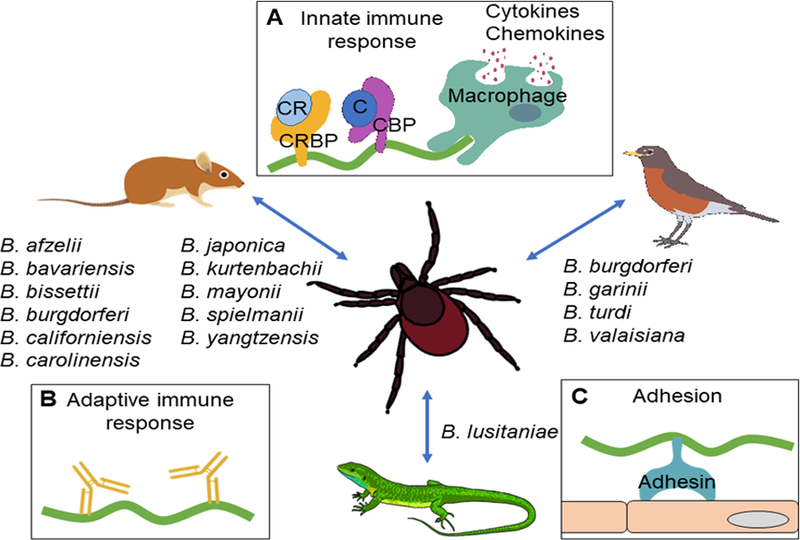Figure 1. Potential mechanisms that drive vertebrate reservoir host and Lyme borreliae species association.

The indicated B. burgdorferi sensu lato species are acquired and transmitted between Ixodes scapularis ticks and different vertebrate reservoir hosts including mammals, birds, and reptiles. The potential mechanisms that drive this spirochete-host association include strain to strain differences in the induced (A) innate immune responses such as the activation of macrophages leading to phagocytosis and cytokine/chemokine release, and the binding of spirochete complement regulator-binding proteins (CRBP) to complement regulators (CR) and complement binding proteins to complement; (B) adaptive immune response such as antibody production; and (C) polymorphic spirochete adhesins facilitate Lyme borreliae binding to cells and colonizing tissues.
